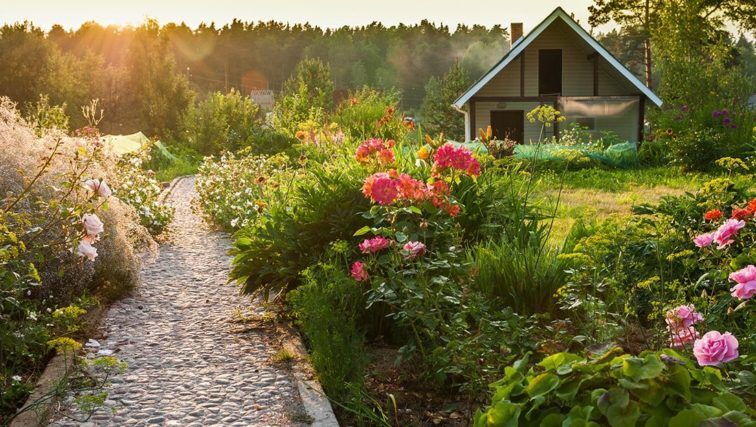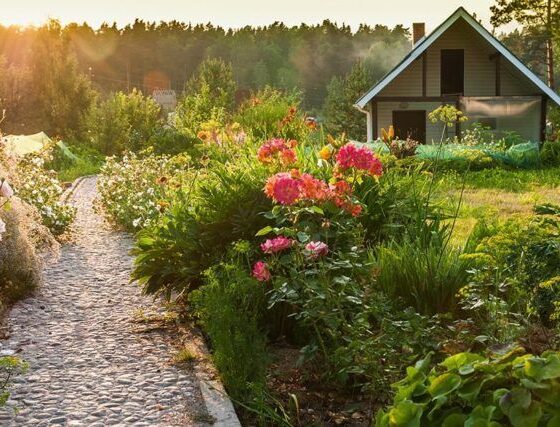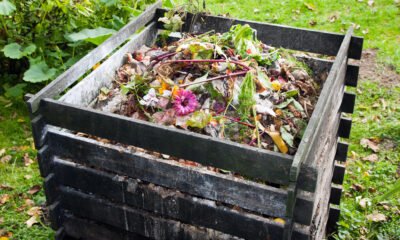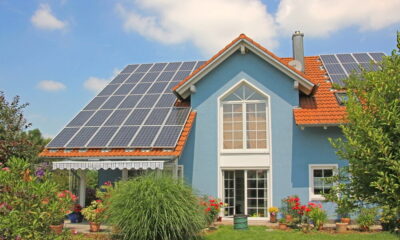

Environment
Top Tips for Converting Your Garden into an Eco-Friendly Paradise
A beautiful garden provides many different things. It can be a safe play area for the kids. It is a quiet retreat on a sunny day. It is a peaceful place to read a book or a perfect gathering spot for an alfresco lunch. With a few minor adjustments, you can also turn yours into quite the paradise for local wildlife.
In Australia, the great outdoors is filled with curious critters and creatures. While not all of them are cute or furry – things like worms come to mind – most have the potential to play a positive role in your garden. So, it is worth thinking about different ways in which you can appeal to these neighbourhood visitors. If you embrace the spirit of nature, you’ll never be completely alone in your backyard.
These handy hints and tips will help you transform your garden into an eco-friendly paradise.
Go Green with Garden Lights
One of the simplest but most effective changes that you can make is to switch your power hungry garden lights for greener LED or solar products. LEDs are great for the environment because they cost little to run and they can shine for a very long time. The benefit of solar lights, of course, is that no installation is needed and in a country like Australia, there’s enough sun to keep them glowing every single night.
Start Your Own Compost Pile
It costs very little – if anything at all – to start a compost pile or bin. You just need a suitable container with a heavy lid, so that it can’t be lifted off by the wind or curious garden scavengers. Then, all you have to do is throw your organic kitchen and garden waste onto the pile instead of allowing it to go to landfill. Eventually, you’ll be rewarded with an abundance of super nourishing compost for your lawn and flower beds.
Grow Native Plant Varieties
The most eco-friendly gardens are those that work with the climate and the land. It isn’t impossible to rear non-native plant species, but it takes a lot more work and this defies the purpose of a super green yard. Species that are native to the region have a much better chance of growing big and strong and they won’t need as much water, feed, or attention.
Choose Plants That Lure in Pollinators
The most valuable pollinators are butterflies, bees, and hummingbirds. If you start to see any of these guys in your garden, you’ll know that you’ve created a really green and abundant space. Lots of homeowners find bees a nuisance, but experienced gardeners welcome them as one of the most efficient wildlife helpers. They come into gardens, feed on the plants, and contribute to their spread by transporting pollen as they go.
Consider a Xeriscaped Garden
If you’re keen to keep your garden as low maintenance as possible, you might want to consider a xeriscape design. Essentially, this means an outdoor space that has been intentionally filled with very hardy plants and species with low water requirements. Installing a low power drip irrigation system is one of the most eco-friendly ways to care for plants of this kind. If you live in a particularly arid part of the country, xeriscaping is a cool way to nurture a garden in a difficult climate.
Why Garden Lights and Accessories Should Be Low Maintenance
You’d be surprised at how many people invest in green lawnmowers and spend months picking out the perfect flowers, only to then go and compromise their eco-friendly choices by installing power guzzling lights and accessories. These days, solar and LED products are so sophisticated that there’s really no need for electrical wiring and glaring bulbs; when the sun goes down, you want the soft, delicate glow of environmentally friendly features.


 Environment9 months ago
Environment9 months agoAre Polymer Banknotes: an Eco-Friendly Trend or a Groundswell?

 Environment11 months ago
Environment11 months agoEco-Friendly Home Improvements: Top 7 Upgrades for 2025

 Features8 months ago
Features8 months agoEco-Friendly Cryptocurrencies: Sustainable Investment Choices

 Features9 months ago
Features9 months agoEco-Friendly Crypto Traders Must Find the Right Exchange





























